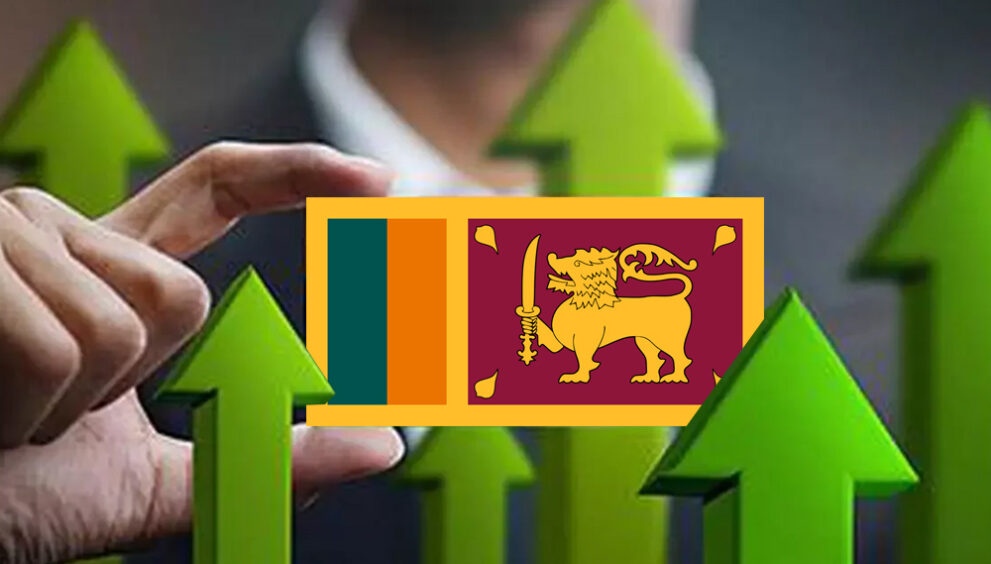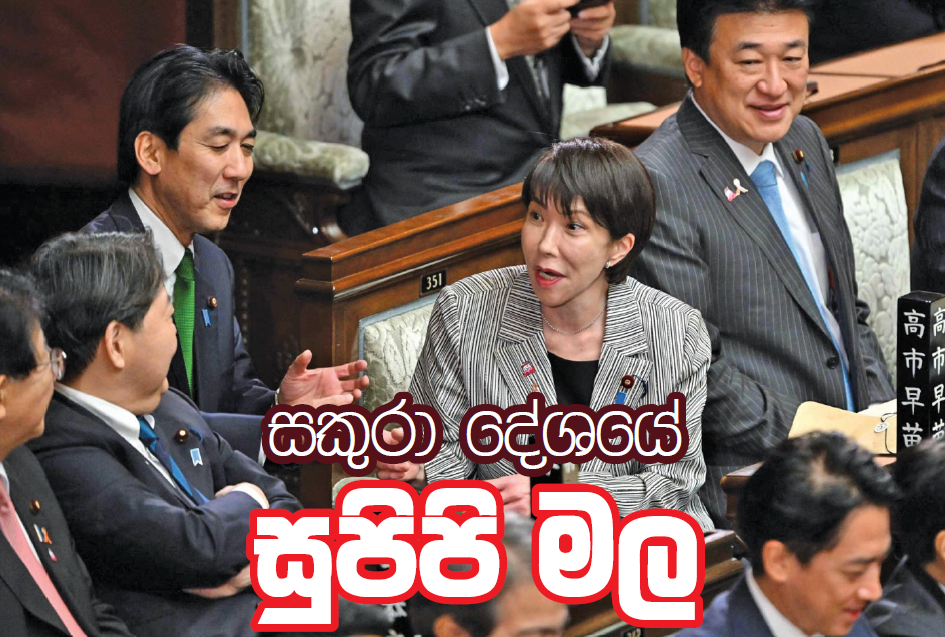MOVING FORWARD FROM THE ECONOMIC CRISIS AFTER DEBT RESTRUCTURING

The government declared on April 12, 2022 that it was not in a position to repay the outstanding foreign debt taken before that date. It can be said that it is a declaration of kind of bankruptcy of a country because many of the financial transactions with Sri Lanka would have stopped due to this declaration. Giving loans to Sri Lanka by other countries have become standstill due to the government’s declaration of non-payment of loans. Disbursement of remaining instalments of some other pledged loans to Sri Lanka was also suspended. Some countries also stopped accepting letters of credit from Sri Lankan banks. In short, the country was facing a situation where many financial activities in Sri Lanka were blocked, and there were various blockages in international transactions and the international financial market.
On the other hand, when the country was facing such economic and monetary setbacks, it had to face many issues in terms of managing macroeconomic management and maintaining the country’s economic growth and development. It was mostly displayed in relation to exchange rates and balance of payments conditions. The Sri Lankan rupee continued to depreciate while it depreciated to Rs. 370 per dollar. There were also other issues like loss of income from the country’s tourism and severe decrease in foreign remittances.

Former Senior Professor of the Department Economics
University of Kelaniya
Sri Lanka had to confront various economic issues, since the Easter Sunday attack in April 2019. Foreign exchange earnings had marked a serious downturn mainly due to a significant decrease in the number of tourist arrivals to the country, a setback in investments and other activities, and a considerable decrease in investments and foreign grants. This situation resulted in the balance of payments issues and depletion of foreign reserves.
In the last half of 2022, the above-mentioned factors mostly affected the significant drop in foreign reserves and the foreign exchange crisis worsened as a result of many reasons such as a large drop in tourist arrivals due to the Covid-19 epidemic, a decrease in foreign remittances, and a large amount of foreign exchange was spent on Covid vaccines and medicines. It seems that the tax reforms brought about after the political changes in 2019 also had a significant impact on the budget. Tax revenues decreased and the budget deficit increased significantly. The result of all this was that the country faced a serious crisis and was unable to pay its foreign debts.
Although macroeconomic management collapsed due to the suspension of repayment of foreign loans, it seems that the government has taken steps to manage these issues gradually. Inflation rose sharply, but the government made changes in macroeconomic policies to control it. As a result, it seems that policies such as controlling inflation, preventing exchange rate depreciation, and raising funds for essential foreign exchange needs have been able to build a significant level of economic stability in the country. An application was made to obtain extended credit facilities from the International Monetary Fund (IMF) in order to solve the issues with the government and establish financial stability. In March 2023, the IMF decided to grant extended credit facilities to Sri Lanka and for that the government agreed to implement economic reforms in the country. One of its basic conditions was that the government should immediately resort to formal procedures for the restructuring of the country’s debt. For that purpose, it is stated that according to the agreements reached between Sri Lanka and the IMF that they should enter into a debt restricting program with countries, institutions and investors who have given loans to Sri Lanka.
The government had taken foreign loans in three ways – multilateral financial institutional loans, bilateral loans and international financial market loans. International multilateral financial institutions had granted loans to Sri Lanka with the aim of financial cooperation for the country’s development. Loans under this category were taken from institutions like the World Bank, IMF and the Asian Development Bank (ADB). Even after the government suspended the payment of foreign loans, the repayment of the loans taken from these institutions did not stop. The reason for this is that after Sri Lanka declared its debt default, the Sri Lankan government was advised to continue the debt payments with those institutions.
Accordingly, the government did not stop the loan payments of those institutions and the repayments were maintained in the same manner. So there was no problem related to that.
The total amount of foreign debt taken by the government was US $ 37 billion. Of that, $22.3 billion was development aid, which was provided by multilateral financial institutions and various countries. US $ 11.7 billion were obtained from multilateral financial institutions and US $ 10.6 billion dollars in bilateral loans from various countries. As mentioned above, even when Sri Lanka stopped paying the loan amount of 11.7 billion dollars from international financial institutions, it continued to pay. Therefore, the debt will not be restructured. This is because the loans are taken at very low interest rates and are given for a long time period to repay.
On the 26th, the amount of US $10.6 billion received from various countries under bilateral agreements was restructured. Accordingly, agreements were signed for the restructuring of bilateral debt of US $ 10.6 billion including US $ 4.66 billion received from China, US $ 2.35 billion received from Japan and US $ 1.36 billion received from India. The repayment of this loan, which was not paid upto now, will start in2028 and the time has been given till 2042 to complete the payment.
Due to this restructuring, there has been a grace period to repay the debt and the respective countries have also cut interest rates. Therefore, on the one hand, the loan instalments previously payable to Sri Lanka will be reduced significantly and due to the extension of the payment period, the debt pressure imposed on the country will be reduced significantly. As a result, the country will get economic stability and provide an opportunity to bring economic growth and development to a higher level.
Negotiations are still ongoing for the restructuring of the debt of US $ 14.7 billion taken by Sri Lanka from the international financial market. It is expected that the final conclusions will be reached soon.
By being able to restructure the debt in this way, Sri Lanka will soon be able to restart all the large-scale development projects that were stopped due to debt default. Also, since the economic stability of the country has been established, the flow of investments into the country will also commence while restoring commercial transactions between Sri Lanka and other countries at the personal and corporate level. Its results will be allowed to be enjoyed by all sections of the society through increased economic growth.








